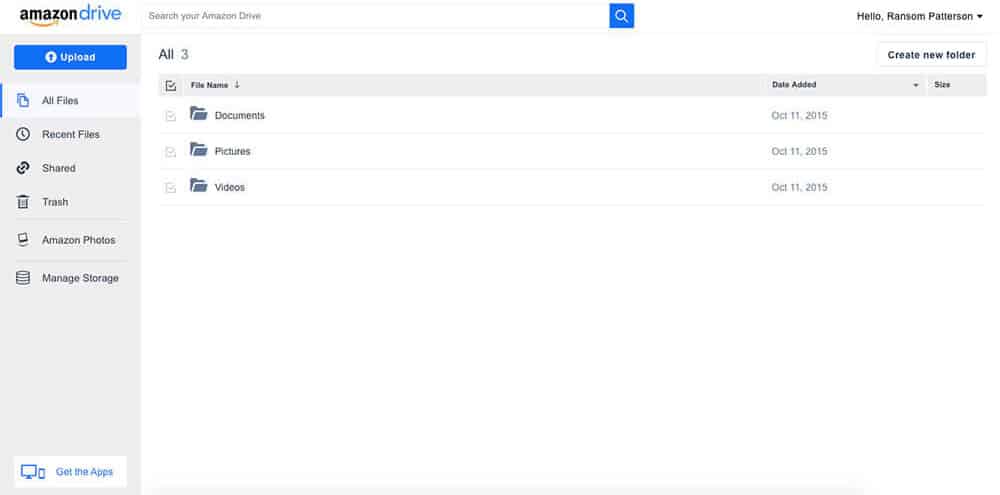

There are many strategies you can use to get data onto the cloud, but if you work with sensitive data, you'll want to make sure you coordinate with your IT staff to make sure your method is secure and approved by your organization. Exporting data to a location on the Internet (in other words, the cloud) is often not as fast or secure as the common data transfers that you do within your local network. Transferring data from your on-premises deployment into the cloud takes time and, in some cases, coordination with your IT security staff. Options for transferring data to the cloud


In contrast, attached EBS volumes such as the D: drive persist when the instance terminates and are a safer option for data storage.ĭo not store GIS data or map caches on the C: or root drive of your EC2 instance in a production deployment. The ArcGIS Server AMI apportions a relatively small amount of space (60 GB on Windows) on the C: drive to discourage data storage on this drive. EC2 instance-It's possible to transfer data directly onto your EC2 instance however, if the instance is terminated, your data from the C: or root drive will be immediately lost.Also, any snapshots you create of your EBS volumes are stored on S3. You can use S3 as a place for data backup or as a middle ground for data transfer between your on-premises deployment and your EBS volumes. This storage option has the lowest potential for data failure or loss. You can also create other directories on this volume to hold your data.Īmazon S3-Amazon Simple Storage Service (S3) is an Amazon service designed specifically for data storage in the cloud. The ArcGIS server directories are configured on this drive, so when you publish services with the option to copy data to the server, the data goes onto this EBS volume. You can configure the size of this attached volume when you build the site in ArcGIS Server Cloud Builder on Amazon Web Services. In fact, a volume is always attached for you as part of the ArcGIS Server Amazon Machine Images (AMIs). All the following options incur charges from Amazon that are subject to change and that you should research before making your choice.ĮBS volumes-Amazon Elastic Block Store (EBS) volumes are virtual disk drives that you can attach to your EC2 instance to add more storage. There are several places you can store your data. Once you create an EC2 instance running ArcGIS Server, you need to prepare to transfer your data to the cloud.

It also discusses some factors that affect data transfer time. This topic lists some options of where you can store your data on the cloud and how you can transfer the data. Maintaining the integrity of data pathsĬreating a GIS deployment with Amazon Web Services requires you to transfer some or all of your GIS data over the Internet to locations on the cloud.Options for transferring data to the cloud.Back to Top Strategies for data transfer to Amazon Web Services In this topic


 0 kommentar(er)
0 kommentar(er)
